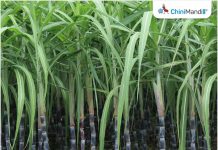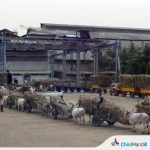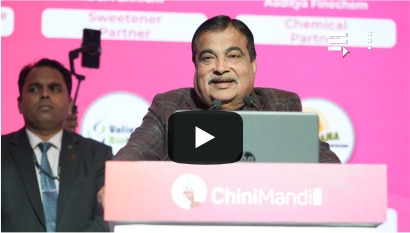Prime Minister Mostafa Madbouly led a high-level meeting on Monday at the Cabinet headquarters in New Alamein City to review the progress of efforts to boost Egypt’s sugar industry, reports State Information Service.
The meeting was attended by Minister of Supply and Internal Trade Sherif Farouk, Minister of Agriculture and Land Reclamation Alaa el-Din Farouk, and senior officials from both the agriculture and sugar sectors.
Cabinet Spokesman Mohamed el-Homsani said the meeting focused on ways to strengthen domestic sugar production, reduce dependence on imports, and ensure stable availability of sugar in local markets, especially in light of global supply chain disruptions.
The discussions also included key points of the government’s strategy to expand sugar output, especially by increasing sugar beet cultivation in areas managed by the Future of Egypt Sustainable Development Authority, Homsani said.
Participants also explored how related industries could be developed to make the most of sugar production and its byproducts.
Environmental improvements at sugar factories were also a major point of discussion. Plans to upgrade sanitation systems and meet environmental standards were reviewed, along with proposals to modernize and expand existing factories.
During the meeting, Salah Fathi, Executive Managing Director of the Sugar and Integrated Industries Company, gave a detailed presentation on the company’s current operations and capabilities. He said the company runs eight sugarcane-processing factories in the governorates of Minya, Sohag, Qena, Luxor, and Aswan.
Fathi also described the company’s integrated industrial complex in Giza, which handles sugar refining from both cane and beet, and also produces chemicals, perfumes, extracts, food items, and equipment for paper and wood production using cane waste.
He outlined the company’s current production levels and highlighted how its factories use byproducts like molasses, bagasse, and beet pulp in various industries. These include the production of ethanol, yeast, bio-fertilizers, animal feed, carbon dioxide gas, vinegar, folic acid, solvents, and other goods.
The presentation also proposed ways to increase sugarcane yield per acre, raise the operational capacity of the factories, and improve farmer incomes. The company’s vision included a strategy to boost the overall return on investment in the sugar sector and better meet the country’s growing demand.

















